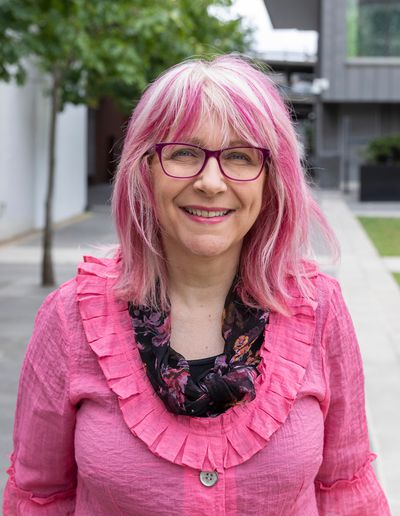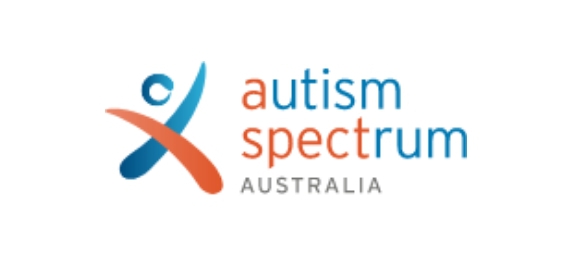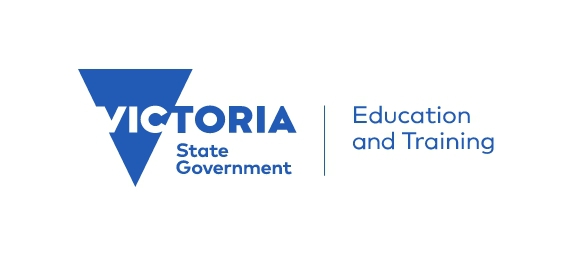What is neurodiversity (and what do all
those other words mean)?
By Professor Sandra Thom-Jones
The language around autism and neurodiversity can be confusing and can get in the way of understanding what it is like to be autistic and how we can support autistic people. In this article I will outline some of the terms that are used, their meanings, and why words matter.
The definitions might seem like a lot of words, but the important thing to remember is: having a brain that works differently to the majority of people makes us different not wrong.
What is neurodiversity?
The term neurodiversity refers to the differences in the ways that human brains work. It is a simple, biological fact.
The term neurodivergent refers to people whose brains work differently to what society considers to be the standard or ‘normal’ way of working.
The term neurodiverse refers to a group of people who are different to the ‘norm’ (I am neurodivergent, my familyisneurodiverse).
The neurodiversity paradigm refers to the perspective that these differences in the ways our brains work are just differences, not faults or errors. All types of brains are valid and valuable.
Imagine if we only valued one type of grape and threw the rest away because they weren’t like a table grape. Life would be pretty boring. The same if we only accepted green apples, or android phones, or HB pencils. We’d all be poorer for not accepting that variety provides us with a more interesting and enjoyable world.
Is neurodivergent another word for autistic?
‘Neurodivergent’ is an umbrella term for a range of variations in human brains. There are some disagreements in relation to exactly which variations come under this umbrella. However, most definitions include autism, ADHD/ADD, dyscalculia, dyslexia, and dyspraxia.
Why do words matter so much?
Advocates who fight for the inclusion of autistic and neurodiverse people in society (often referred to as The Neurodiversity Movement and/or the Autism Rights Movement) recognise the power of words in shaping attitudes and policies.
When we understand that autistic minds – and the minds of other neurodiverse groups – are inherently different and inherently valuable, we understand what the real problem is.
What needs to change?
Autistic people experience poorer overall health and have a reduced life expectancy compared to the general population. They face significant barriers in accessing healthcare, education, and employment.
Our research shows that more than 2 out of 3 autistic people feel socially isolated, and more than 9 out of 10 feel that they have to hide their autistic traits from other people. Autistic people avoid going to family gatherings, sporting events and shopping centres because of the number of people, the levels of light and noise, and worrying about how other people will respond to them.
We do not need to change the autistic person, or make them (and their family) feel uncomfortable about being who they are. We need to change the aspects of our environmentandsocietythatarehostiletoautistic people.
We need to provide safe and inclusive spaces where autistic people and their families can relax, have fun and be themselves without fear of judgement or discrimination. We need to provide education, employment and healthcare that is informed by an understanding of autistic ways of thinking and communicating.
Importantly, we need to recognise that autism is a lifelong condition and comprehensive supports need to be available for autistic people of all ages.
For more information on neurodiversity:

Professor Sandra Thom-Jones is an autistic woman, and the mother of two autistic adult sons. She is an academic, author, artisan, and advocate for the inclusion of autistic people in all aspects of society. Sandra is the author of ‘Growing in to Autism’ (MUP, 2022). Sandra supported our Laps for Love event in 2023 and is a friend of Equal Access For Autism.




